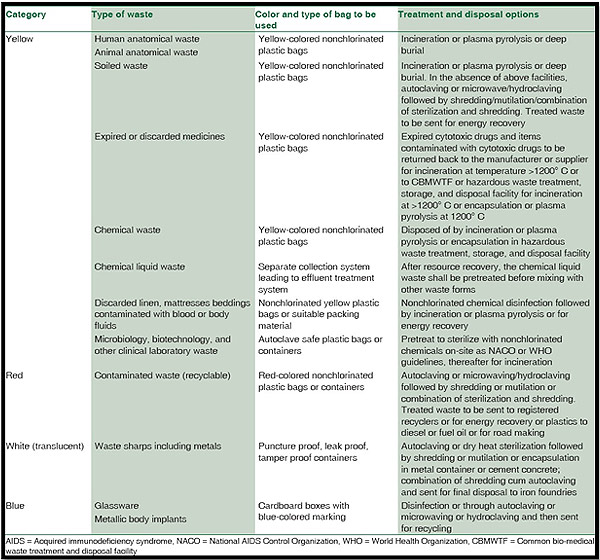The 9-Minute Rule for Reclaim Waste
The 9-Minute Rule for Reclaim Waste
Blog Article
Top Guidelines Of Reclaim Waste
Table of ContentsHow Reclaim Waste can Save You Time, Stress, and Money.Some Known Factual Statements About Reclaim Waste The 10-Minute Rule for Reclaim WasteOur Reclaim Waste PDFsThe Reclaim Waste PDFs
Explore the types, occurrences, and kinds of fluid waste. Domestic sewage waste refers to the waste and products from a property septic tank. This sort of waste is developed by humans in homes, schools, and other buildings. This only consists of septic systems that have a drainpipe field. The appropriate administration and disposal of domestic sewer waste require fluid waste to be moved to a sewer treatment plant where the proper approaches and devices are put on cleanse and throw away waste.
Commercial waste typically includes possible hazards, such as flammable products or a blend of liquid and solid waste products, and calls for an advanced and thorough disposal process. The disposal of business waste generally entails the filtering of waste prior to transport to ensure safe and proper disposal. Industrial waste is developed from results and drainage of industrial processes and manufacturing.
This sort of waste can not use the exact same sewage management transportation or processes as septic or industrial liquids. The industrial waste monitoring procedure calls for the evaluation and screening of fluid waste prior to it undergoes the disposal process (liquid waste disposal). Runoff waste is the liquid waste that comes from runoff and excess stormwater in very inhabited areas or cities
Runoff waste can trigger contamination and flooding if not handled correctly. Find out more concerning drain cleaning and waste management. Making sure proper waste administration can avoid calamities and reduce environmental harm. Both individuals in household setups and professionals in commercial or production markets can profit from recognizing the processes and guidelines of fluid waste management.
Top Guidelines Of Reclaim Waste
Call PROS Providers today to learn more about our waste management and disposal solutions and the proper ways to look after the liquid waste you generate.
(https://justpaste.it/fauht)Do you know what occurs to your water when you draw the plug, purge the bathroom or drain the cleaning equipment? No? Well, it's worth knowing. This so-called 'wastewater' is not only an essential source but, after treatment, will be launched to our land, rivers or the ocean. Utilized water from toilets, showers, baths, kitchen sinks, washings and industrial processes is called wastewater.

water made use of to cool down equipment or tidy plant and tools). Stormwater, a form of wastewater, is runoff that flows from agricultural and metropolitan locations such as roofs, parks, gardens, roads, paths and seamless gutters into stormwater drains, after rain. Stormwater flows untreated straight to local creeks or rivers, at some point getting to the ocean.
Reclaim Waste for Beginners
In Queensland, many wastewater is treated at sewage therapy plants. Wastewater is delivered from domestic or industrial sites via a system of drains and pump terminals, known as sewerage reticulation, to a sewage treatment plant.
The Department of Natural Resources advises city governments concerning managing, operating and maintaining sewerage systems and therapy plants. In unsewered locations, regional federal governments might need homeowners to mount private or family sewer therapy systems to deal with domestic wastewater from bathrooms, kitchens, shower rooms and washings. The Department of Natural Resources authorizes making use of household systems when they are verified to be reliable.
Most stormwater obtains no treatment. In some brand-new communities, therapy of some stormwater to eliminate trash, sand and gravel has begun utilizing gross contaminant catches. Wastewater therapy happens in 4 stages: Gets rid of strong issue. Bigger solids, such as plastics and other objects incorrectly released to sewage systems, are eliminated when wastewater is passed via screens.
Makes use of little living organisms recognizes as micro-organisms to break down and get rid of continuing to be dissolved wastes and fine fragments. Micro-organisms and wastes are included in the sludge.
The Main Principles Of Reclaim Waste
Nutrient removal is not available at all sewage treatment plants because it needs expensive specialised equipment. Clear liquid effluent generated after therapy might still consist of disease-causing micro-organisms - liquid waste removal melbourne.

Many wastewater moves right into the sewerage system. Under the Act, regional governments carry out authorizations and licences for ecologically relevant activities (ERAs) involving wastewater launches that may have a regional effect.
The Single Strategy To Use For Reclaim Waste
Otherwise, samples are considered lab analysis. Commonly numerous tests are required to establish the degrees of each of the various contaminants such as oils, hefty steels and pesticides in water. Surveillance gives factual information about water high quality and can confirm that permit problems are being met. The details gotten with tracking gives the basis for making water quality choices.
Report this page